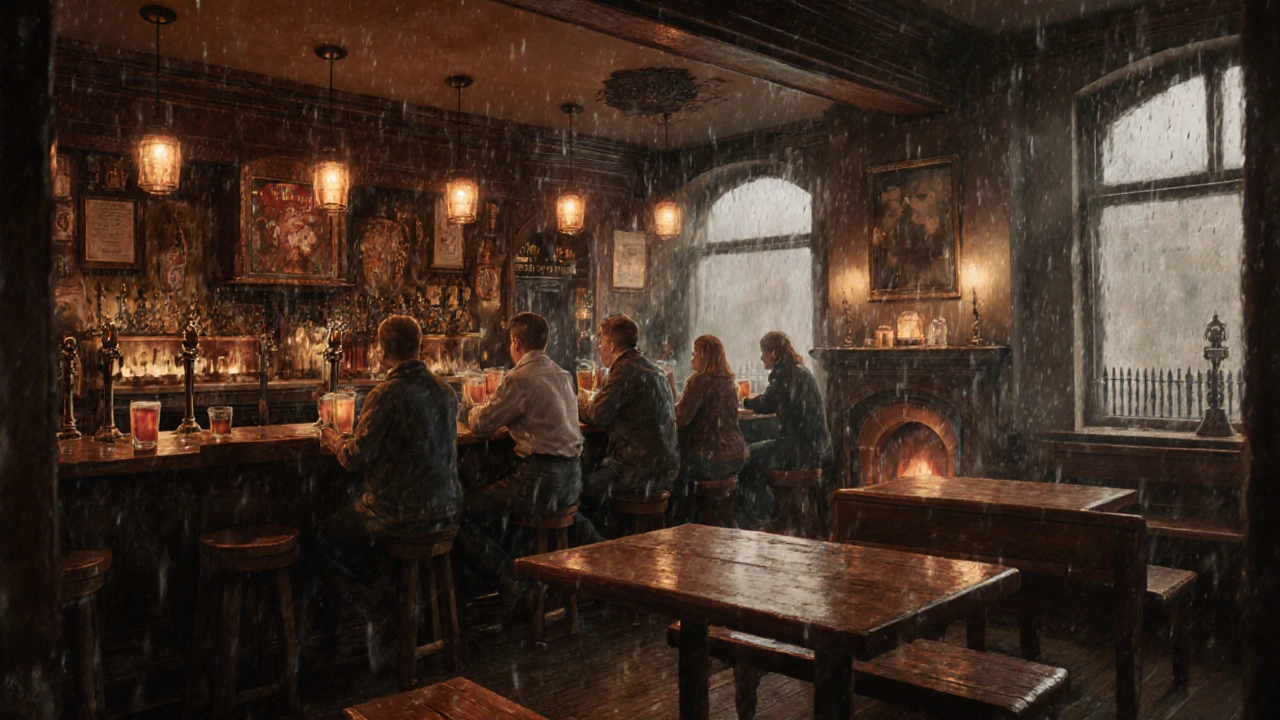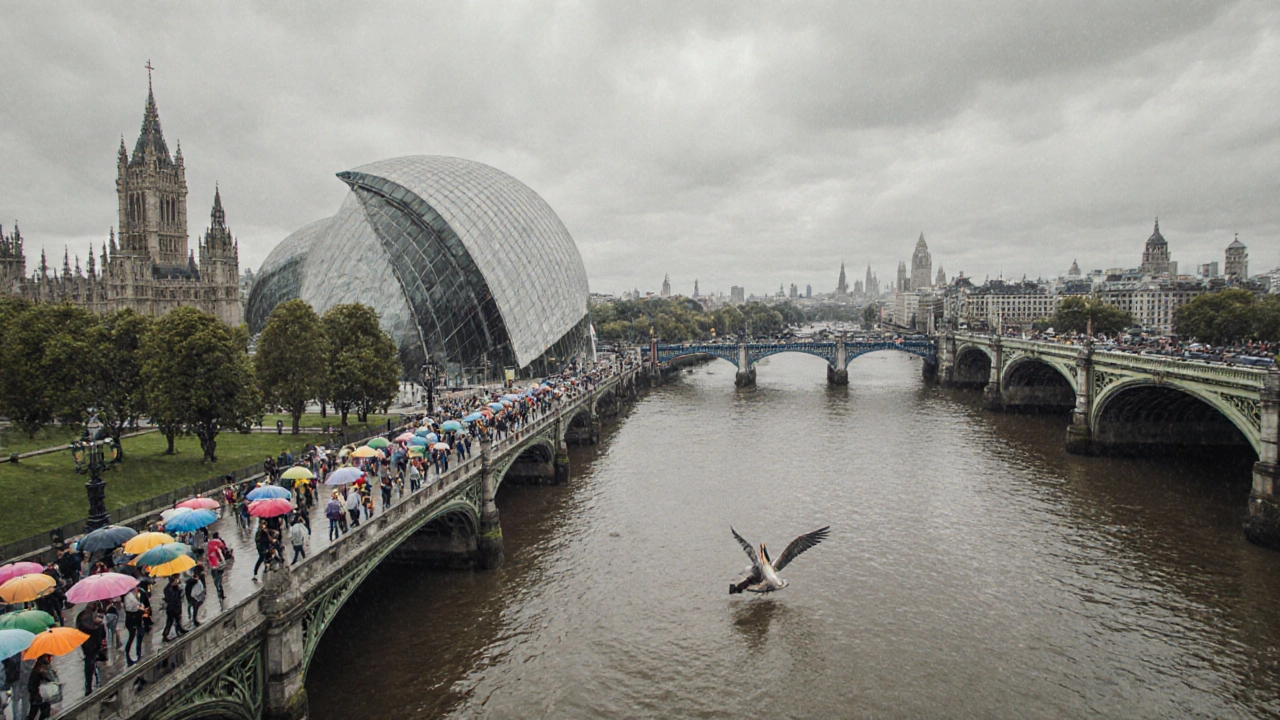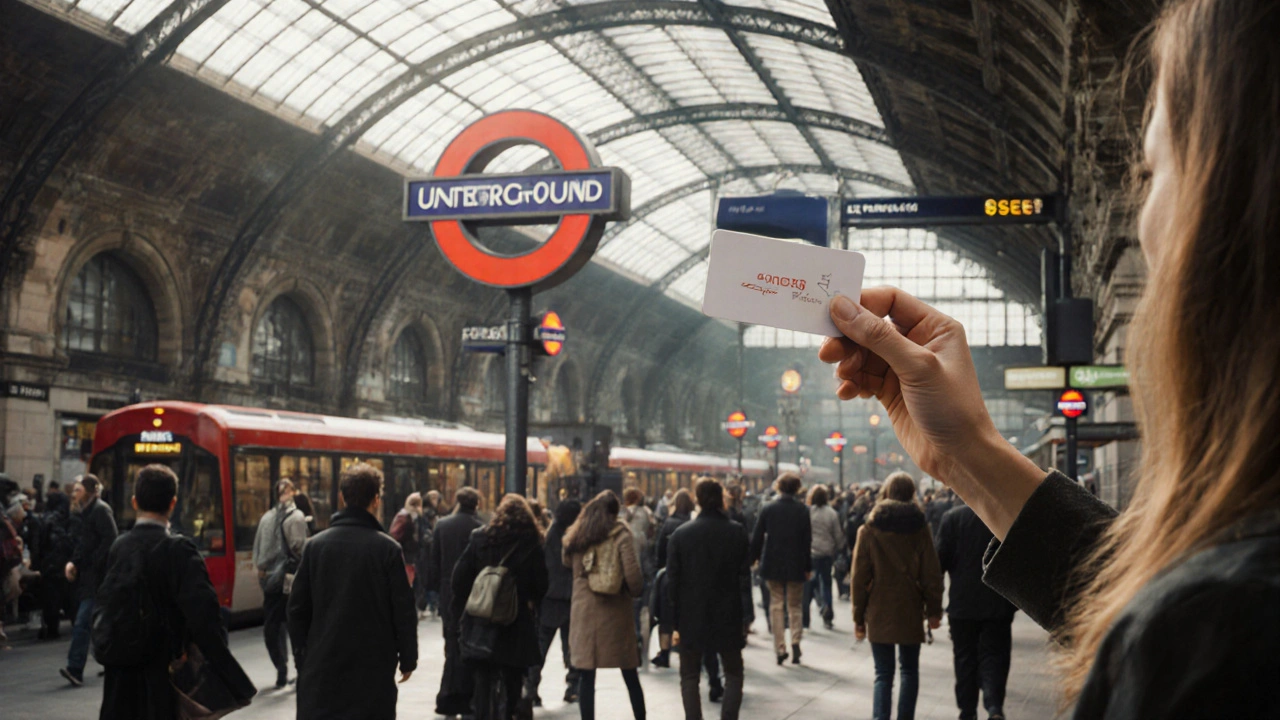If you’ve never been to London before, you’re not just visiting a city-you’re stepping into a living history book, a global hub of culture, and a place where the past and present bump shoulders every day. The first time can feel overwhelming. There’s so much to see, so many ways to get around, and so many things you didn’t know you needed to know. But here’s the good news: you don’t need to plan every minute. You just need a few smart, practical tips to avoid the common mistakes and make the most of your trip.
Get the Right Travel Card Before You Arrive
London’s public transport isn’t just convenient-it’s the backbone of your trip. But buying a ticket at every station? That’s expensive and slow. Skip the confusion. If you’re staying more than a day, get an Oyster card or use contactless payment (your phone or credit card). Both work on the Tube, buses, Overground, DLR, and most National Rail services within London zones 1-6. The system caps your daily spending, so even if you take five trips in one day, you won’t pay more than the price of a day pass. You can buy an Oyster card at any Tube station, but if you order it online before you fly, it’ll be waiting for you at the airport. That’s one less thing to deal with after a long flight.
Don’t Waste Time at the Big Attractions Without Booking
London’s top sights-Tower of London, London Eye, Westminster Abbey, the British Museum-are crowded. And if you show up without a ticket, you might wait over an hour just to get in. Most major attractions now require advance booking, even if they’re technically free. The British Museum doesn’t charge entry, but during peak season, you still need to reserve a free time slot online. Same goes for the Tower of London: book online, skip the ticket line, and save up to 45 minutes. Pro tip: Book tickets for the next day in the evening, right before you head to dinner. It’s easier than trying to do it in the morning when you’re still adjusting to the time zone.
Learn the Difference Between a Pub and a Bar
Londoners don’t go to “bars” like Americans do. They go to pubs. A pub is a place where people sit, chat, drink real ale, and sometimes eat proper food-like fish and chips or a ploughman’s lunch. Bars are more like what you’d find in New York or Los Angeles: louder, trendier, and often more expensive. If you want to experience real London, find a traditional pub. Look for one with wooden benches, a fireplace, and a sign that says “Real Ales” or “Cask Ale.” Don’t be surprised if the bar staff don’t smile at you right away-they’re not rude, they’re just focused on their job. A simple “Cheers” and a nod goes a long way.
Walk, But Know Where to Walk
London is a city made for walking. Some of the best views come from just strolling: along the South Bank past the Tate Modern, through Hyde Park, or down Covent Garden’s cobbled streets. But not all neighborhoods are safe or pleasant to walk through after dark. Stick to the main tourist areas in the evening-Covent Garden, Soho, South Bank, and Camden Market. Avoid isolated side streets in areas like Peckham or parts of East London unless you know exactly where you’re going. If you’re unsure, hop on a bus. London buses run late, and they’re cheap with your Oyster card.

Free Attractions Are the Real Treasure
Yes, London has expensive museums-but many of its best experiences cost nothing. The British Museum has over 8 million artifacts, from the Rosetta Stone to Egyptian mummies, and it’s free. The National Gallery in Trafalgar Square holds masterpieces by Van Gogh, Turner, and da Vinci-also free. The Victoria and Albert Museum? Free. The Natural History Museum? Free. Even the Changing of the Guard at Buckingham Palace is free to watch, though you’ll need to arrive early to get a good spot. These places aren’t just cheap-they’re world-class. And they’re packed with locals, not just tourists. That’s a sign you’re doing it right.
Food Isn’t Just Fish and Chips
Don’t fall into the trap of thinking London food means soggy fries and greasy pies. Sure, you can get those-and they’re delicious if you find the right place-but the city’s real food scene is global. Head to Brixton Market for jerk chicken and plantains, Brick Lane for authentic Bangladeshi curries, or Chinatown for dim sum that beats anything in New York. For a quick, cheap, and tasty bite, try a pie and mash from a traditional East End shop. Order it with liquor (a parsley sauce, not alcohol) and mashed potatoes. It’s a local classic. And if you’re craving coffee, skip the chains. Try a small independent café in Shoreditch or Notting Hill. They roast their own beans, and the baristas actually care about what they’re serving.
Weather Is Always a Factor
London doesn’t have seasons so much as variations of rain. Even in summer, it’s rarely hot. In winter, it’s damp and chilly, not snowy. Always carry a light waterproof jacket or foldable umbrella. Don’t rely on the forecast-London weather changes faster than a Tube train. A sunny morning can turn to drizzle by noon. And if you’re planning to walk a lot, wear comfortable shoes with good grip. Cobblestones and wet pavement are a bad combo for flip-flops.

People Are Polite, But Don’t Expect Warmth
Londoners aren’t cold-they’re just private. Don’t take it personally if someone doesn’t smile back when you say hello. They’re not ignoring you; they’re just not used to small talk with strangers. But if you ask for directions, they’ll stop and help. If you say “please” and “thank you,” you’ll get a nod and maybe even a smile. The key is to be respectful and quiet in public spaces. Don’t talk loudly on the Tube, don’t block the escalator (stand on the right, walk on the left), and never eat on the Underground. It’s not just rude-it’s against the rules.
Plan One Big Thing, Then Let the Rest Happen
You can’t see everything. Trying to cram the Tower Bridge, Buckingham Palace, the London Eye, the Shard, and the Harry Potter Studio into three days will leave you exhausted and disappointed. Pick one major attraction you really want to see, book it in advance, and build the rest of your trip around it. Let yourself wander. Get lost in the alleys of Spitalfields. Sit by the Thames and watch the boats go by. Find a quiet bench in St. James’s Park and watch the pelicans. Those unplanned moments? Those are the ones you’ll remember.
Final Tip: Bring a Power Adapter
London uses Type G plugs-three rectangular pins. If you’re from the U.S., Canada, or most of Asia, your chargers won’t fit. Buy a universal adapter before you leave, or grab one at the airport. You’ll thank yourself when your phone doesn’t die halfway through your first day. And don’t rely on hotel chargers-they’re often broken or missing.
Do I need cash in London?
You don’t need much. Most places-shops, restaurants, transport-take contactless cards or mobile payments. But it’s smart to carry £20-£30 in cash for small markets, street food stalls, or older pubs that haven’t upgraded their systems. ATMs are everywhere, but avoid those in tourist spots-they charge high fees. Use bank ATMs instead.
Is London safe for first-time visitors?
Yes, London is generally safe for tourists. Violent crime is rare, and the city is well-policed. But pickpocketing happens in crowded areas like the Tube, Oxford Street, and tourist hotspots. Keep your bag zipped and your phone in your pocket. Avoid flashing expensive gear. Stick to well-lit, busy streets at night. If you feel uncomfortable, walk into a shop or café-Londoners will help if you ask.
What’s the best time of year to visit London?
Late spring (May-June) and early autumn (September) are ideal. The weather is mild, the days are long, and crowds are smaller than in July and August. Christmas is magical-with markets, lights, and festive decorations-but it’s cold and packed. Winter (December-February) is gray and rainy, but if you don’t mind the weather, you’ll find lower hotel prices and fewer lines at museums.
Can I use my US phone in London?
Yes, if your phone is unlocked. But your U.S. plan will charge high roaming fees. Instead, buy a local SIM card at the airport (Vodafone, EE, or O2) or use an eSIM. A 10GB data plan costs around £10-£15 and lasts 30 days. You’ll get faster speeds and no surprise bills. Wi-Fi is common in cafes and hotels, but it’s not always reliable.
How much should I budget per day in London?
For a mid-range traveler: £120-£180 per day. That covers a hotel in a decent area, three meals (including one sit-down restaurant), public transport, and one paid attraction. You can go cheaper-£70-£90-if you stay in hostels, eat at markets, and stick to free museums. But don’t skimp on transport. A bad day on the Tube ruins everything.
